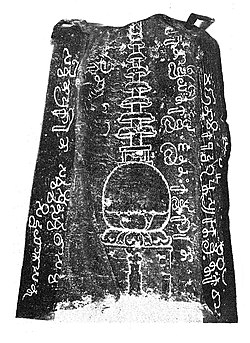Raja Mahamanikya Ray

Raja Mahamanikya Ray - The Hindu King of Mymensingh who defeated Isa Khan and Rescued Bhogbetal © মাহিষ্যক্ষত্রিয় | Mahishya Kshatriya Rājā Mahāmāṇikya Rāẏa was born to a Gaudiya Mahishya Kshatriya house in western Bengal. Raja Mahamanikya Ray was the progenitor of the Bhuiyan Mahishya Kshatriyas of Barantar. He arrived at Mymensingh from Rarh in the Royal Court of Raja Navaranga Ray's capital Bhogbetal, along with his Brahmin Gunakar Chakrabartti, two servants and two bodyguards. Raja Nabaranga Raya took him as a Prince of high descent with his own possessions, and settled him in own capital but as he decided to return his native land, Raja Nabaranga Ray offered him the Barantar province of his own kingdom and appointed him there as a King. After some days Isa Khan of Khizirpore attacked Mymensingh and in this battle the old King Nabaranga Ray lost his life out of treachery. Raja Mahamanikya Ray then took charge of the battle and gathered a big Hindu force against the





